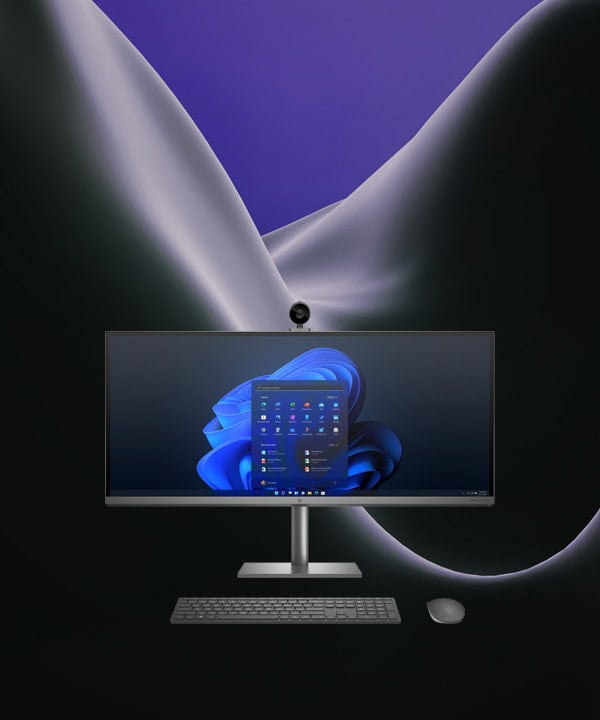Finally, we can count with another upgrade for the standalone version of Microsoft Office, after 3 years of it’s last release. Let’s do a quick review of the differences between Office 2019 and it’s predecessor, Office 2016. We’ll talk about the reasons that justify it’s upgrade.
[/col][/row] [row][col span__sm=”12″]Let’s clarify: Office 2019 is a stand-alone, one-time version with no renewal fees. It was suspected that it could be the last Office version with perpetual license, but Microsoft later clarified that there will be at least one more. Don’t expect this kind of releases to be sold for much longer, because this business model is being set aside until it gets completely deprecated in favor of the subscription model.
This way, when you purchase a license for Office 2019, it never expires. The disvantage is that you won’t get the latest feature updates that Microsoft releases. Nonetheless, for users that do not make use of the cloud features or the advanced collaborative features, the standalone version is a worthwhile investment because there’s still new features that continue to justify upgrading from one version to another.
[row_inner][col_inner span__sm=”12″]What’s new in Office 2019?
[/col_inner][/row_inner] [row_inner][col_inner span__sm=”12″]Having a look the differences between Office 2016 vs 2019, we made a brief compilation of the most outstanding novelties.
New features in Word
- Text to speech
- Improved inking and accessibility features
- The focus mode
- Built-in translator
- Learning tools
- Dark mode (black theme)
- @ Mentions
We have been testing the text-to-speech functionality in different languages (English, Portuguese, Spanish and German) and we were quite surprised by the quality of the narration with each one of them; this includes the fragments detection in a second language. When we made tests with Portuguese language by placing an English fragment in the middle, the narrator clearly understood the difference between them and did it’s job. We also tested the translation with a couple of languages, and while it still isn’t perfect (it’s certainly not possible to translate the genres correctly from English to Portuguese) it’s several steps ahead compared to the usual web translation. It’s a feature that makes the difference when you buy Office 2019.
Powerpoint now incorporates
- Zoom capabilities for sorting slides within presentations
- The introduction of Morph, a new transition type
- Ability to insert vector icons (SVG) and work with 3D models
- Improvement for the itinerant pencil
Excel brings us
- Funnel charts, 2D maps and timelines
- Excel Connectors
- Feature to publish Excel in PowerBl
- PowerPivot Enhancements
- PowerQuery Enhancements
- @ Mentions
- For co-authoring and the use of new data types such as “Stocks” along with other features, you must have an active subscription of Office 365.
Outlook now incorporates
- Updated contact cards
- Office Groups 365
- @ Mentions
- Intelligent input tray
- Travel and delivery summary cards
Onenote’s desktop application has been replaced by OneNote for Windows 10, which is already included in the system. Although if you prefer to continue using OneNote 2016, you can still install it using Office Deployment Tool. For Mac users, OneNote will be installed as part of Office 2019, with the chance to manually uninstall it. It will still be available for download in Apple’s App Store without cost. This is a minor difference, but it’s good to clear it up.
What’s required to run Office 2019?
[row_inner_1][col_inner_1 span__sm=”12″]The differences in hardware requirements from Office 2016 to 2019 are not significant, and any modest computer can run Office 2019 without issues. This time you need to be running Windows 10, Windows Server 2019, or the 3 latest OSX version for Mac. When a major upgrade is released for Mac, Microsoft discards support for the older version in favor of the newest.
Your CPU must be running at least 1.6Ghz, with at least 2 cores required. For OSX, an Intel CPU is required.
You will need at least 4GB for Windows 10 (2GB if you run the 32-bit version) and for Mac OSX a minimum of 4GB. You need to have free space available of at least 4GB for Windows and 10GB for OSX to install it.
Regarding graphics, Windows only asks for a GPU with Directx9 support or higher, with support of the driver model WDDDM 2.0 or higher. The OSX version does not have specific graphic requirements.
[row_inner_2][col_inner_2 span__sm=”12″]Is it worth upgrading from Office 2016 to 2019?
Short answer is: Yes. Whether you upgrade to Office 2019 or Office 365, you should do it with your current version, as cloud support for Office 2016 will be discontinued by October 2020. When that day arrives, Office 2016 will be disconnected from the cloud services that Microsoft provides, including applications like Exchange or Onedrive.
Fortunatelly, you don’t have to break your wallet if you plan to upgrade your current Microsoft Office version.
[/col_inner_2][/row_inner_2][/col_inner_1][/row_inner_1][/col_inner][/row_inner] [row_inner][col_inner span__sm=”12″ padding=”0px 0px 0px 0px” margin=”0px 0px -41px 0px” align=”center”][button text=”? Buy Office 2016 License with Instant Delivery” radius=”99″ expand=”0″ link=”https://www.weewle.com/shop/microsoft-office-2016-professional-plus/”][/col_inner][/row_inner][/col][/row] [row][col span__sm=”12″ margin=”-16px 0px 0px 0px” align=”center”][button text=”? Buy Office 2019 License with Instant Delivery” size=”large” radius=”99″ expand=”0″ link=”https://www.weewle.com/shop/microsoft-office-2019-professional-plus/”][/col][/row]